The Leica Q is one of those cameras that is difficult to explain. It’s got a 28mm f/1.7 lens. The lens is fixed, which means you’re basically stuck with a very wide view of the world. It’s an auto-focusing Leica… With a Leica rangefinder-like design, ergonomics and handling. It doesn’t have an optical view-finder, but rather an electronic viewfinder. The Q is very responsive, and very fast to shoot with. It’s not without it’s quirks though. The camera looks similar to an M but it’s so different in use that the comparison stops there.
All the images in this article was made with a Leica Q of course, and the raw files was processed in Adobe Lightroom CC 2015.12 with the Embedded color profile. Click the images to make them bigger.
In this review I’m gonna write about my experience using the Q and not focus so much on the technical details of it, as that’s covered in many other reviews. I’m also gonna be comparing it to the Fujifilm X-T2, X-Pro2 and X100F, which are competitors to the Q that I’ve used. I’m also gonna use Leica’s own M240 and Summilux 35mm f/1.4 ASPH FLE lens as a reference, since that’s a combination that I’ve used for several years almost exclusively.
I got a hold of a Leica Q fairly recently, so I started using it with firmware version 2.00. I’ve read about some issues with banding and the ability to shoot only in raw+jpeg mode with the earlier firmwares, but I’ve never used these older firmware versions, so I’m not gonna comment on those issues. My camera was manufactured in June of 2016 and has worked flawlessly.
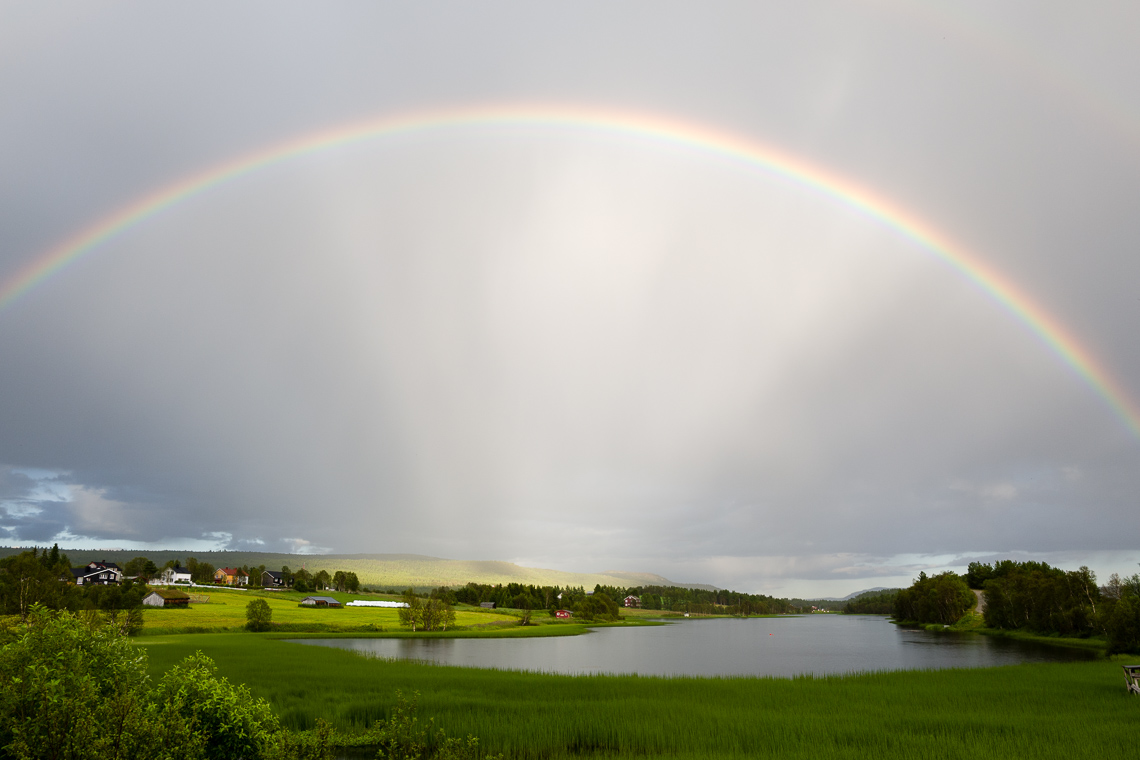
I’m gonna start with the quirks and the issues with the Q as I see it. I’ve had no issues with sensor dust on my Q, unlike many others, but I do have some issues with the EVF. There’s nothing wrong with it when used in good light, but it simply doesn’t hold up to the X-T2’s EVF in my opinion for general use. The resolution of the Q’s EVF is better, sure… But the color is vastly different from what the rear LCD sees, and while photographing in dark environments the EVF gets this magenta/purple tint to it. Apparently this is an antireflective coating of some sorts, that ironically creates reflections with colors on the EVF panel itself (!)
The refresh rates of the Q’s EVF are also not comparable to the X-T2’s EVF. Especially when its dark. The Q is jerky while the X-T2 (in Boost mode) is perfectly smooth during quick panning for example. The resolution advantage of the Q’s EVF doesn’t really matter, as the resolution is the least important factor in my opinion. Smoothness, color accuracy and the ability to deal with stray light is more important than resolution.
My biggest issue with the Q’s EVF however, is the fact that it doesn’t use an OLED panel. It uses a traditional LCD panel. Why does this matter you might ask? Well, if you’ve ever used polarized sunglasses you will probably know. The Q’s EVF is basically useless with polarized sunglasses on. And you can forget using it vertically all-together. The X-T2’s EVF on the other hand works perfectly with polarized sunglasses on – simply because it uses an OLED panel. Another thing to note is that the Q doesn’t have any auto-brightness feature for it’s EVF or LCD. So you have to keep changing the brightness manually. I usually just keep mine at the brightest setting, simply because that’s the only workable option for very bright sunlight, so I leave it there to avoid menu-diving to change it.
But it doesn’t stop there. You might think that you can use the LCD while using your polarized sunglasses? Nope. For some reason the Q’s rear LCD doesn’t work when shooting vertically with polarized sunglasses on either. The X-T2’s does. And both use LCD panels… The Fuji sure wins on usability while shooting in sunny conditions.
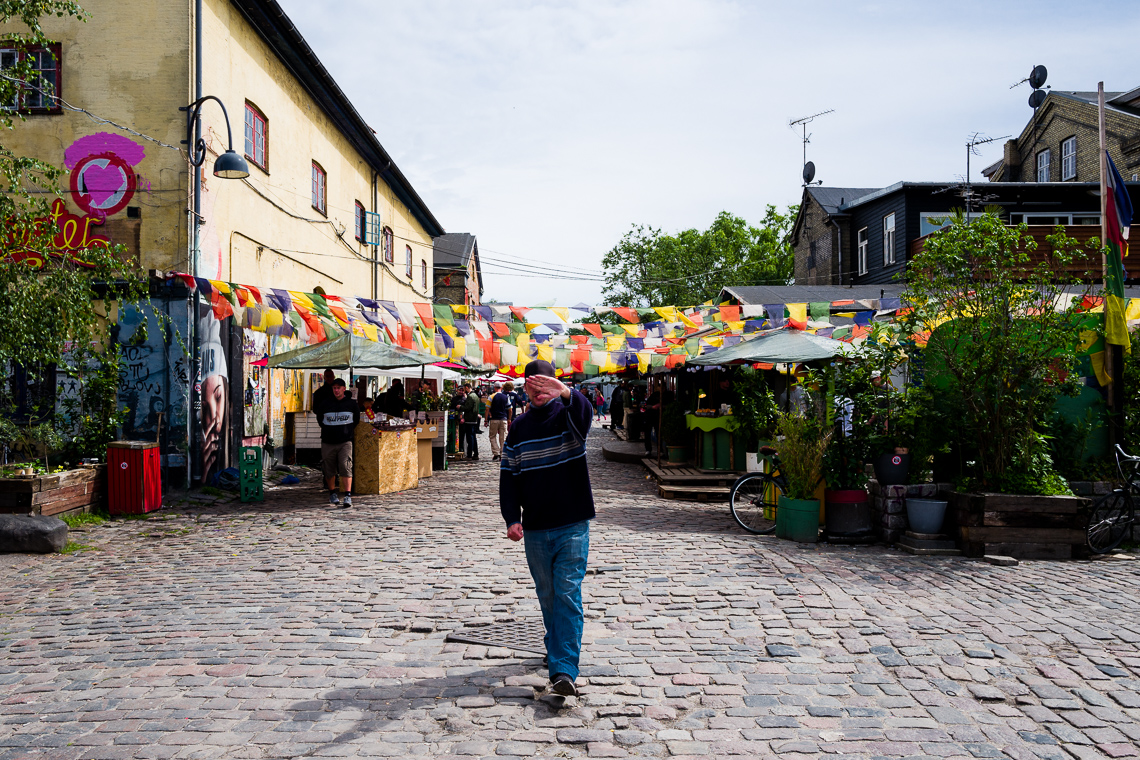
Then there is the lack of weather-sealing. This is a bring-it-everywhere type of camera yet it doesn’t have any weather-sealing whatsoever. At this price point that doesn’t make much sense to me. And since the lens is an integral part of the unit it should have been fairly easy to implement weather-sealing on it. Oh well… Maybe on the Q2. The X100F doesn’t have it either, but then again, it’s based on a much older camera design, so it kind of has an excuse (it’s also 1/3 of the price!).
Back to the EVF – The eyecup, or rather, the lack of an eyecup makes it very difficult to use the EVF if you have strong sunlight coming in at the sides of the viewfinder. The sunlight will basically wash-out the EVF completely. Again, on many other and cheaper cameras this is not a problem at all. A $1 plastic thingy could have prevented this, but I guess Leica thought it was more important to keep the design aesthetics clean and minimal.
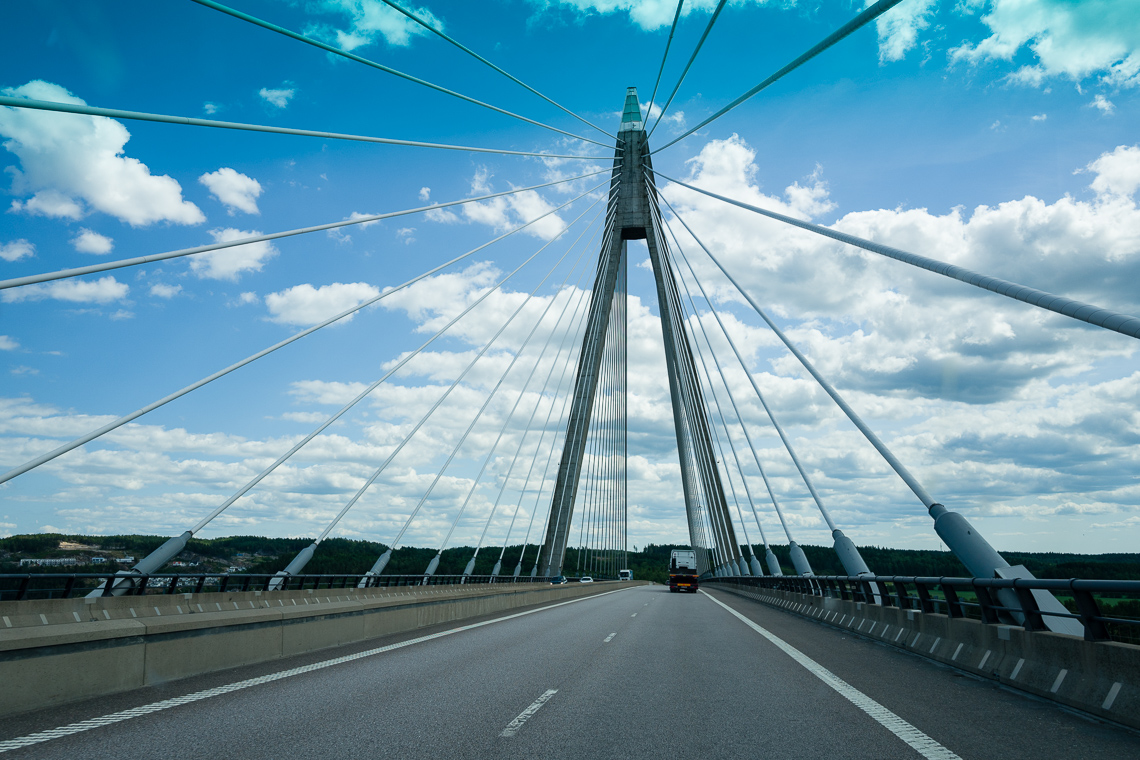
The lack of a tilty-flippy screen. Yes, I said it. This camera BEGS for a tilty-flippy screen. The 28mm focal length doesn’t like looking up or down, as it distorts straight lines and faces significantly if the camera tilts too much up or down. A tilty-flippy screen would have been fantastic to avoid this. Getting down on my knees is oh-so-old. And I’ve never had to move around as much as with the Q before, simply because I’ve mostly used 35mm or 50mm focal lengths in the last 6 years. These FL’s don’t share the problems of the 28mm FL to the same extent. So hopefully there will be a tilty-flippy screen on the Q2.
That ends my list of quirks and issues I have with the Q. Now on to the good stuff: The IQ out of this thing is simply breathtaking. Shoot a couple of images and look at them at the rear LCD and you’ll think that they’re all right. Then import the DNG’s into lightroom, apply the medium contrast point curve and get ready to be amazed. The sensor and lens combination that the Q has is simply breathtaking. Never have I been able to create images so easily and effortlessly that have this fantastic mixture of sharpness, clarity, contrast, smoothness and vividness to them. The images rarely need any adjustment, except maybe to raise or lower the exposure, shadows or highlights a little bit, depending on the scene. I love the look of the files made by this camera.

The auto white-balance is fairly spot on most of the time, but I find it to lean towards the colder side of things. I prefer warmer tones in my images, so I tend to shift the WB a little bit towards the warm side. While shooting in daylight I usually set my white-balance manually to daylight and simply forget about it.
Auto white-balance performs OK’ish in low-light. Don’t expect it to be wildly accurate, but it performs for the most part OK. In artificial light however, it is, as with most cameras, highly unreliable. My recommendation is to just fix it in post rather than trying to match the WB to the artificial light.
The auto-focus on the Q is simply fantastic. Never have I shot with this level of confidence with auto-focus on a mirrorless camera before. Never! And I’ve shot with ALL Fujifilm cameras as well as the Sony A7S, A7R and A7RII. None of them, not even the X-T2 with boost mode on comes close to being as accurate as the auto-focus on the Q. The X-T2 in boost mode might be as fast with some lenses, but it tends to focus on the background quite often regardless of focus point size. The A7RII might be as accurate, but it’s noticeably slower (at least with the 55/1.8 and 28/2 lenses). The Q just simply get’s it right ALL the time, and at the same it’s also very fast. I love it. And the fact that the Q only uses contrast-detect AF (CDAF) makes it even more impressive, as the cameras I’m comparing it to use a blend of CDAF and PDAF (Phase Detect AF). PDAF makes tracking easier and speeds up AF acquisition in good light. But the Q just trounces all of the other mirrorless camera’s I’ve tried for speed, accuracy and reliability when it comes to auto-focus.
I do miss the X-T2’s and X100F’s joystick to select focusing points on the Q! Using a D-Pad feels so…. Ancient after getting used to the excellent joystick. The Q has several focusing modes but I’m mostly only shooting in center point mode, which I occasionally move around when needed. I’ve tried Face Recognition mode and it seems to work OK, more or less like on the Fuji’s, but nowhere near as good as face detection works on the Sony A7RII. The Q also has a touch-screen, and you can use touch to focus, and even touch to focus and at the same time make a picture. I tried these modes but they’re simply not my cup of tea. These modes seem to work good though.
As for manual focus – I haven’t used it a lot on the Q. There is simply no need to unless you want to zone focus for street photography. I did zone focus a few times on the Q, and as with every other Leica lens, it works the same. Set your distance scale and aperture and shoot away… Combined with auto-iso that performs flawlessly in manual mode the Q is perfect for this type of shooting. People tend to say that the focus ring of the Q is as smooth as any Leica lens. This is NOT true at all. It has this noticeably more dampened feel to it which pure mechanical lenses don’t have. Manual and mechanical lenses will always feel smoother. Twisting this lens feels like there is a felt-coating on the inside of the lens that is rubbing against each-other.
Manual focusing does work great on the Q though, in case that’s something that’s important for you. The focus peaking is more accurate and usable than on the Fuji X-T2 and Sony A7RII for example.
I was surprised to find that the battery-life of the Q is actually very good. I have a backup battery but I’ve never had to use it, even after a full day of shooting. Be aware though, I’m not a spray-and-pray kinda guy. I’ve adapted the ways I shoot with film to digital, simply because I can’t stand being stuck in front of the computer editing pictures for hours. I prefer having a smaller selection of keepers rather than thousands of pictures to edit in post. The battery life of the Q is noticeably better than the Fuji X-Pro2 and X-T2, and much-much better than the X100T and the Sony A7RII. I do wish I could charge the battery in-camera via USB though, like many of it’s competitors nowadays can. I always have a battery-pack with me in case I need to charge my phone, headphones or 3DS. It would have been great to be able to use the battery-pack to recharge the Q also. One less charger and cable to worry about and bring with me would’ve been great.
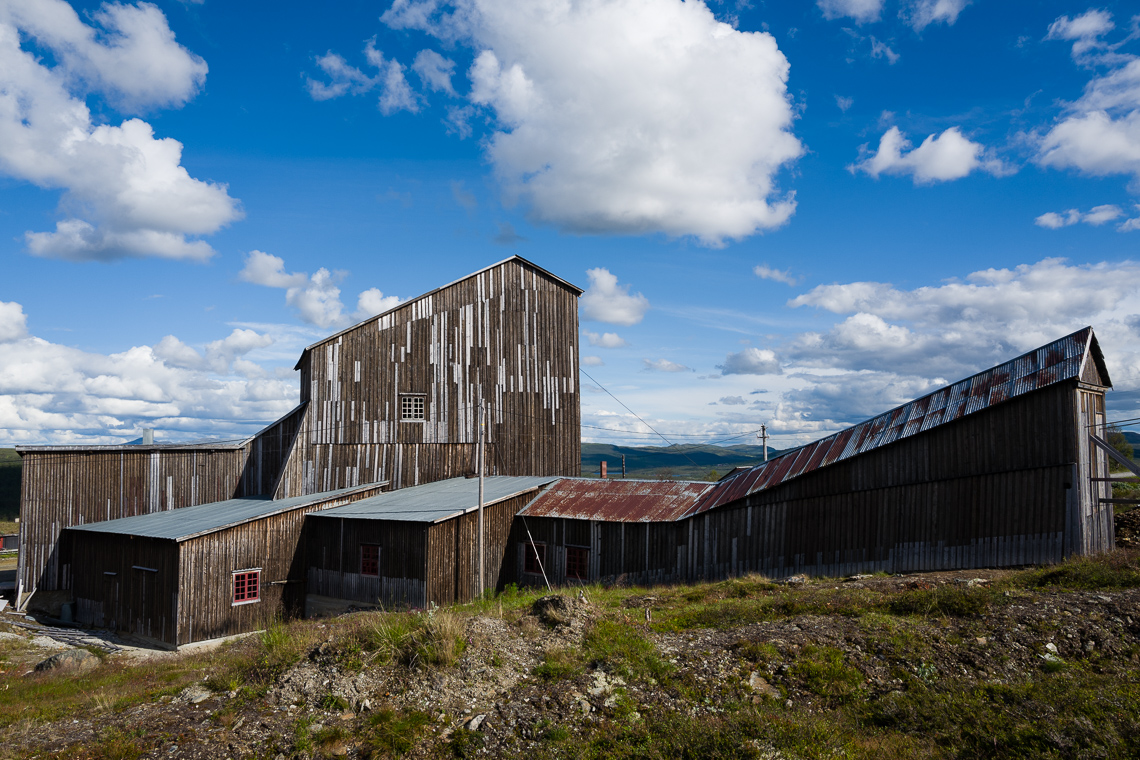
Now on to the main point: Image quality. The Q has it in spades. I’ve actually never seen anything perform as good. I absolutely love the colors coming out of the Q, even more so than any Fuji with any of Fuji’s film-simulation modes. Honestly, the Fuji film-simulation modes are hyped up quite a bit. Sure, they are fine for jpeg’s but who shoots these cameras to publish jpeg’s? Honestly? The Q’s jpeg’s are awful, but the raw files are just fantastic to work with. The colors are vivid and rich but they still look natural. The images has a very 3D look to them; The clarity of the lens in the Q is simply outstanding. I often find myself having to dial down the clarity on the Q’s files. The high-iso performance of the Q is good, but not fantastic like the Sony A7RII. The Q’s high-iso performance is better than the Fuji X-T2 and X-Pro2, but not by much. The Q does seem to retain a lot more detail than either of the Fuji’s at similar ISO’s though, so you can apply NR quite heavily and still retain a lot of detail.
The Q, or rather, the Summilux 28/1.7 ASPH lens attached to the Q, has a way of rendering that is very cinematic. If I could use one word to describe how the Q renders it’s images it would be cinematic. As a long-time Leica user who’ve tried and tested Leica’s cheapest to most exotic glass I can see a lot of modern Leica heritage in how the Q renders its images. Sharp pin-point focus combined with soft and creamy out-of-focus, and a very cinematic and pleasing look to the images, as well as slide-film like saturated and vivid colors that still are able to look natural. The Q (and most modern Leica’s) are able to deliver all of this but still retain tons of mid-tone detail. And this is the biggest difference for me. Most competing digital cameras deliver files that can be tweaked to what the Q delivers, but the files will start to look very digital and very processed by the time you get them to look similar. And they will lack all of that mid-tone richness that the Q (and other Leica’s) give.
I do find that I have to shoot the Q at -1/3 to -2/3 exposure-compensation to avoid burning out the sky in very bright light. The 28mm lens tends to have to capture both shadows and highlights, since it sees such a wide perspective. The Q has fantastic shadow detail so its best to preserve the highlights and then push the exposure and shadows in post. The Q makes this easy as it has a histogram that can be displayed in the EVF and on the LCD, but more importantly, it also has the ability to show areas that are clipping. I find this feature much better than using the histogram.
As with any digital camera (besides the M Monochrom), the histogram and clipping features are based on the JPEG preview in the EVF or on the LCD. So to get the most accurate representation of what is actually recorded in the raw file I’ve set my JPEG settings to the following:
Contrast: Low
Saturation: Low
Sharpness: Standard
These settings more or less represents what the raw files actually are capable of recording in regard to highlights and shadows. So when the sky starts blinking I simply adjust the exposure compensation if preserving the highlight details are important. These settings will make the images look a little flat and dull on the rear LCD, but no worries, they’ll look fantastic once imported to Lightroom (or equivalent raw converter).
Oh and before I forget: The lens has a built-in optical image stabilization system that seems to work great. It can compensate for about 2-3 stops of motion, meaning with a 28mm lens you can easily use 1/8 or 1/15 and get consistently sharp images as long as your subject isn’t moving. I very rarely use the OIS feature as it supposedly reduces the battery-life significantly. I enable OIS when it’s needed (rarely) and disable it once I’m done. But its great to know it’s there, as with a 28mm f/1.7 lens, 1/8 shutter speed and great high-iso performance (easily usable up to 12500 ISO) you can basically shoot in the dark. One caveat though: The lens of the Q rattles when the camera is off. This is normal! It’s the sound of the OIS-mechanism, and the sound disappears when the camera is powered on.
Handling-wise the Q is up there with the best. Is it perfect? No, but then again, no camera is. But it’s one of the better handling camera’s I’ve used. I actually wish it was a little bit lighter, and I also wish the lens was a bit smaller – both in length and radius, as I find the lens to be a little bit “fat” for this camera, especially compared to other Leica M-mount lenses. It just looks a bit proportionally wrong in my eyes. Then again I’m used to small cameras and lenses.
Being limited to the 28mm focal length has been both exciting and frustrating at the same time. The 28mm view is very wide, and compared to 35mm, for example, the view is significantly wider. Straight lines, buildings, and faces, will start looking distorted very easily on the Q unless you are aware of your background. The Q is a camera that requires you to work with it to get the best from it, and when you do, the results can be outstanding. That said – not everything looks good in 28mm. If you’re into street photography you have to get seriously close to your subjects. Basically you have to get seriously close to anything and everything unless landscapes are your thing. And when you do get very close, you have to be very aware of distorted lines and perspectives (looking up and down) and spend some time to work with the frame to avoid the distortions. So in that regard I don’t see the Q as a camera that is suitable for “snap-shooting” if you want good compositions and undistorted subjects.
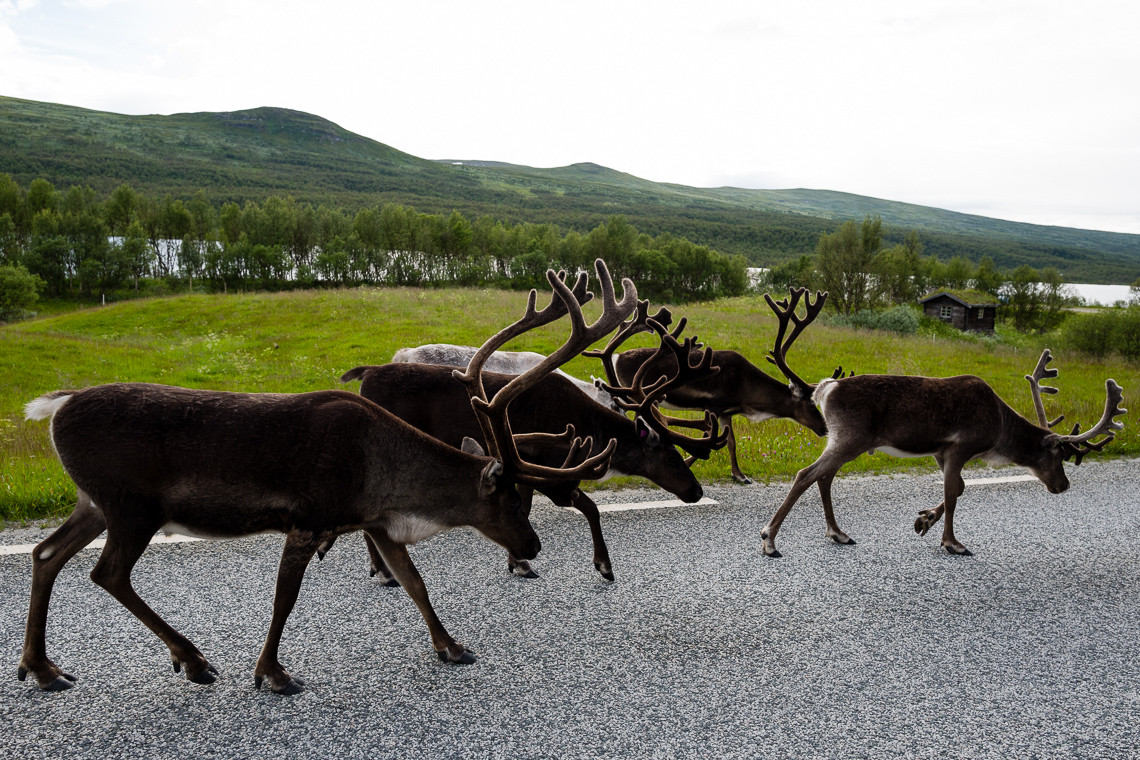
The distortions can be used to your advantage, however. You can use the stretched edges and distorted lines to exaggerate the perspective of your images to add more drama to a scene. 50mm, and 35mm to some degree, add very little drama to images. By comparison, the 28mm view is a lot more dramatic and “unreal”. This is an effect that can be used to your advantage if that’s what you want. If this is something that you don’t want then be prepared to do perspective correction and cropping in post.
One nice thing about using the Q for street photography, is that it has a leaf shutter. Leaf shutters are QUIET, and can barely be heard. This is one of my favorite things about the Q (and Fuji’s X100-series cameras). I wish all cameras had leaf shutters!
The reason I purchased a Q rather than a 28mm M-mount lens is because the optical viewfinder on the M-cameras are horrible for anything wider than 35mm in my opinion. It’s impossible to frame accurately with the optical viewfinders at 28mm, so the Q represents a way for most Leica shooters to shoot 28mm while using a tool that doesn’t get in the way. I’ve shot with 21mm lenses and an external VF on my Leica M’s earlier, and while it works, it’s simply not a pleasing experience, and requires a lot of work to get things right.
Comparing the Q to any Leica M isn’t possible in my opinion. Yes, they share the same brand and design philosophies. But that’s where it stops. The Q isn’t a rangefinder, and shooting with the Q is nothing like shooting with an M240, M10, M9, MM or analog M. I actually got a question from an acquaintance recently who wanted advise on what Leica to give to his wife as a gift, as she’d always dreamed of a Leica. He was considering a used M240 or a Q, but he felt it was wrong to purchase a camera as old as the M240 for the amount they sell for. The simple answer is that the Q is not gonna be the camera she had dreamed of if she’s always wanted a classic Leica M. Shooting the Q is nothing like shooting an M. The only thing the M and Q share is the way the lens renders the image (compared to an equivalent Leica lens on an M) and sort of how the body is designed (simple, sleek, rounded edges and red dot).
One thing I really appreciate about the Q is the remote-shooting capabilities with the Leica Q app. Making selfies at sunsets with the app is fantastic. This isn’t anything new, but it’s a first for any Leica at least.
Overall the Q is a fantastic imaging machine. Yes, it’s got its quirks. And it’s far from perfect. I wish the EVF was OLED based, had an auto-brightness feature, had better refresh-rates in dark environments, and that the EVF and LCD was color-matched. But the results I’m getting from the Q are consistently fantastic. The images simply pop, and require very little post-processing. I love the colors with the Embedded profile in Lightroom. Do I recommend it? Absolutely. But you’d better love the 28mm focal length or be very willing to get used to it.
If you’re considering purchasing a Leica Q, and you feel that my review helped you make that decision, I would appreciate if you could look at the purchasing options via my Amazon affiliate to support my site:
Purchase Leica Q
Purchase B+W 49mm XS-Pro Clear with Multi-resistant Nano Coating (007M) for your Q
High-resolution versions of these photographs can be seen in this Flickr album: https://www.flickr.com/gp/borgei/TqMS5o
© Børge Indergaard 2017. All rights reserved.
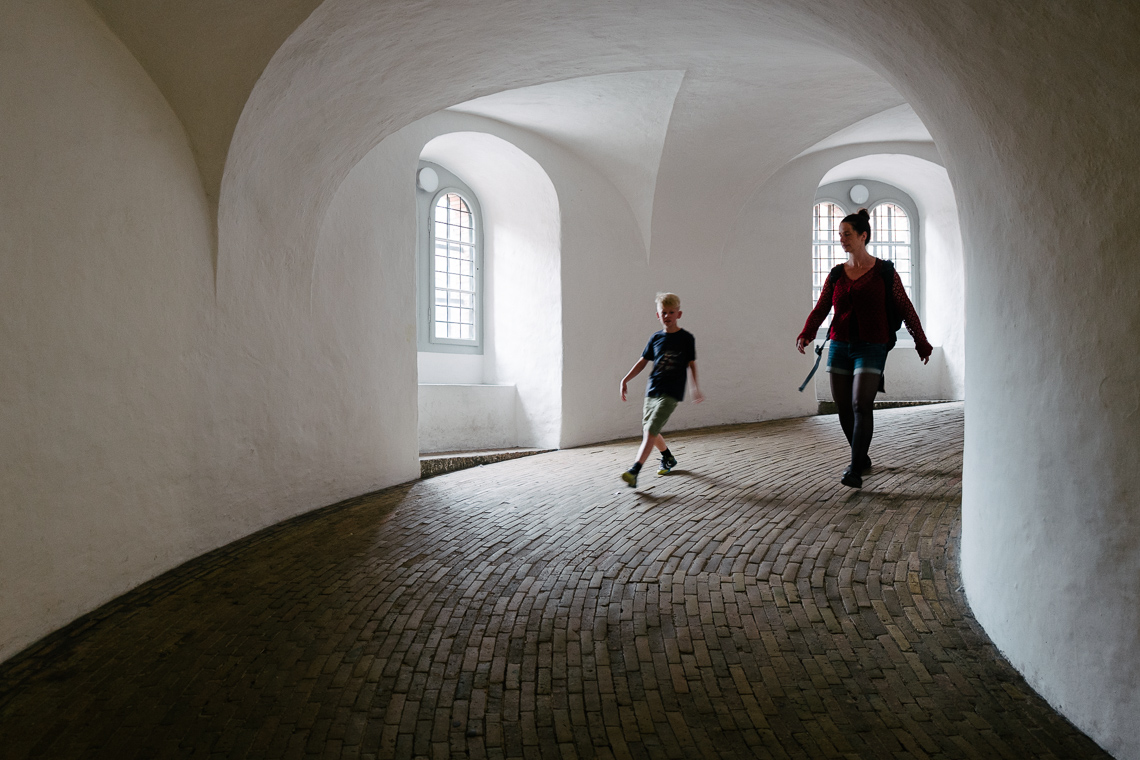
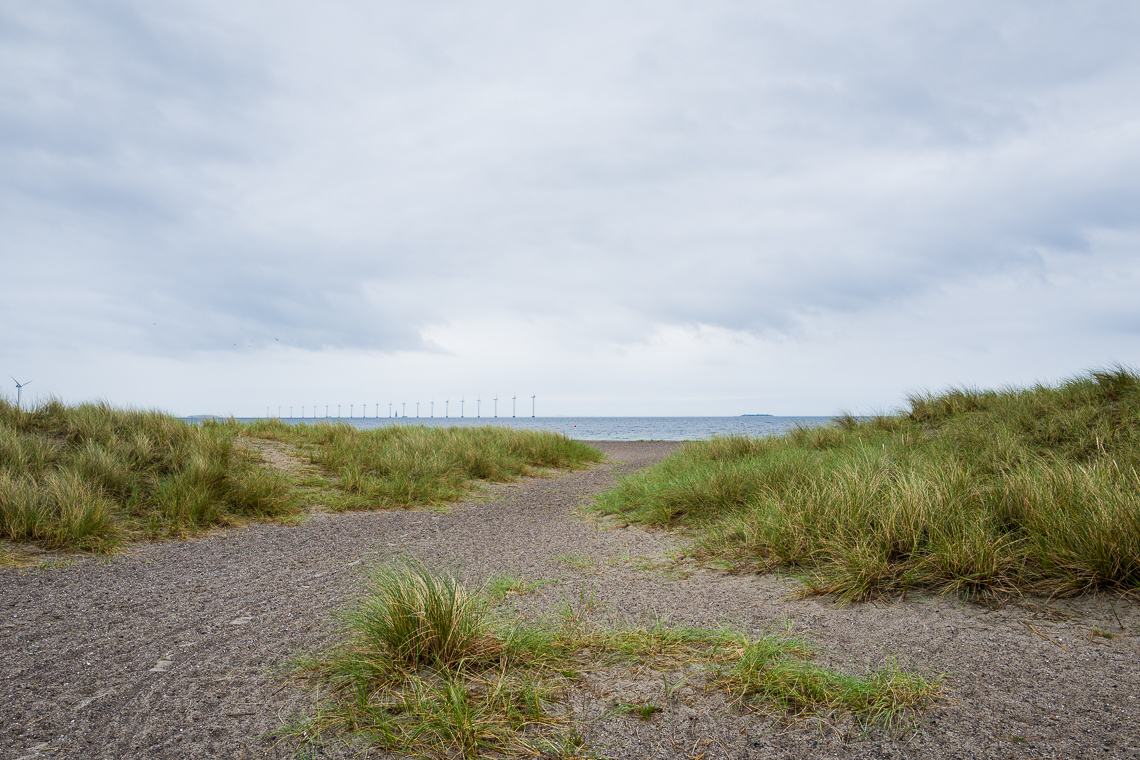
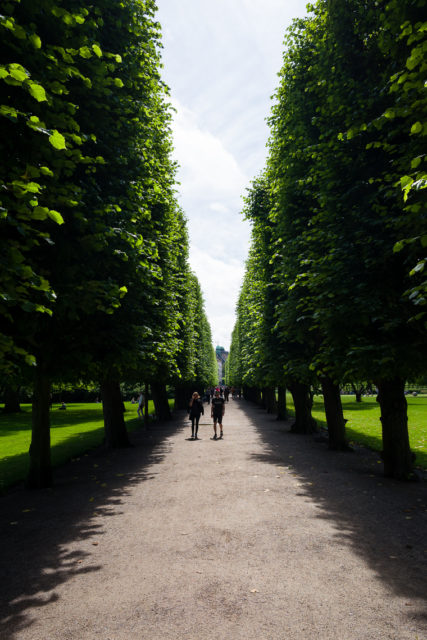
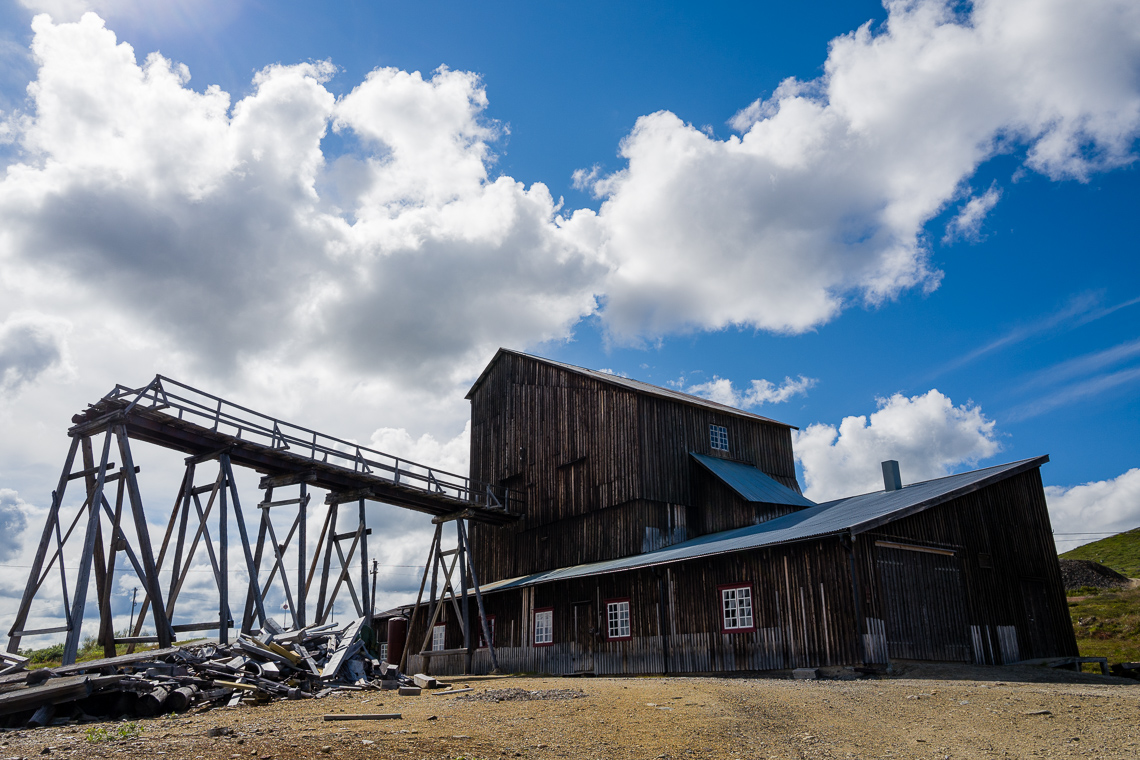
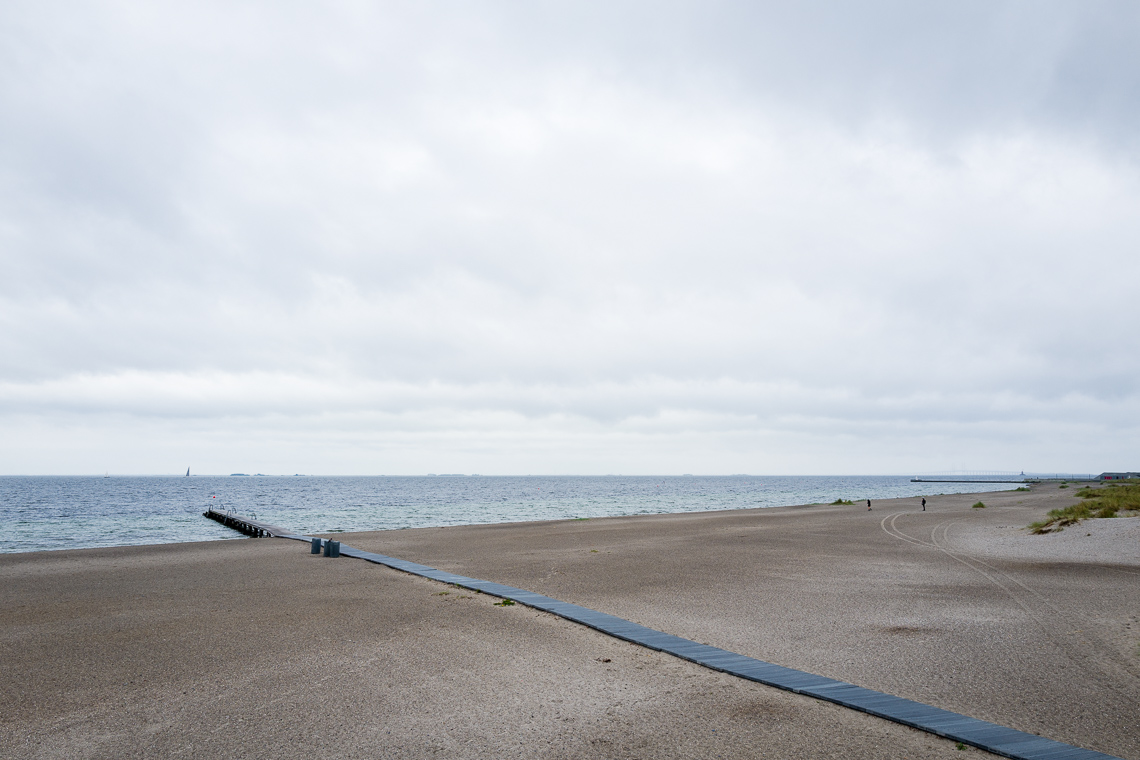
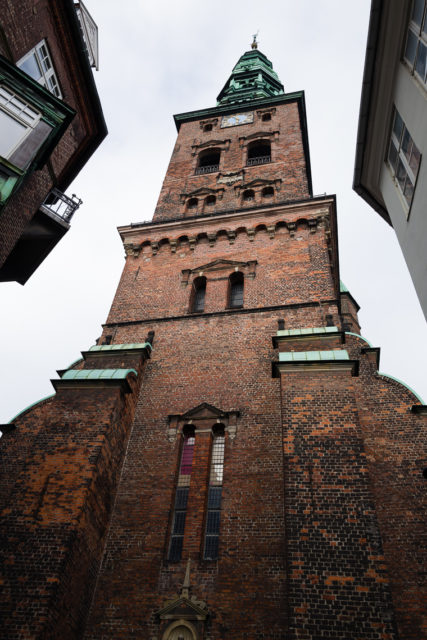
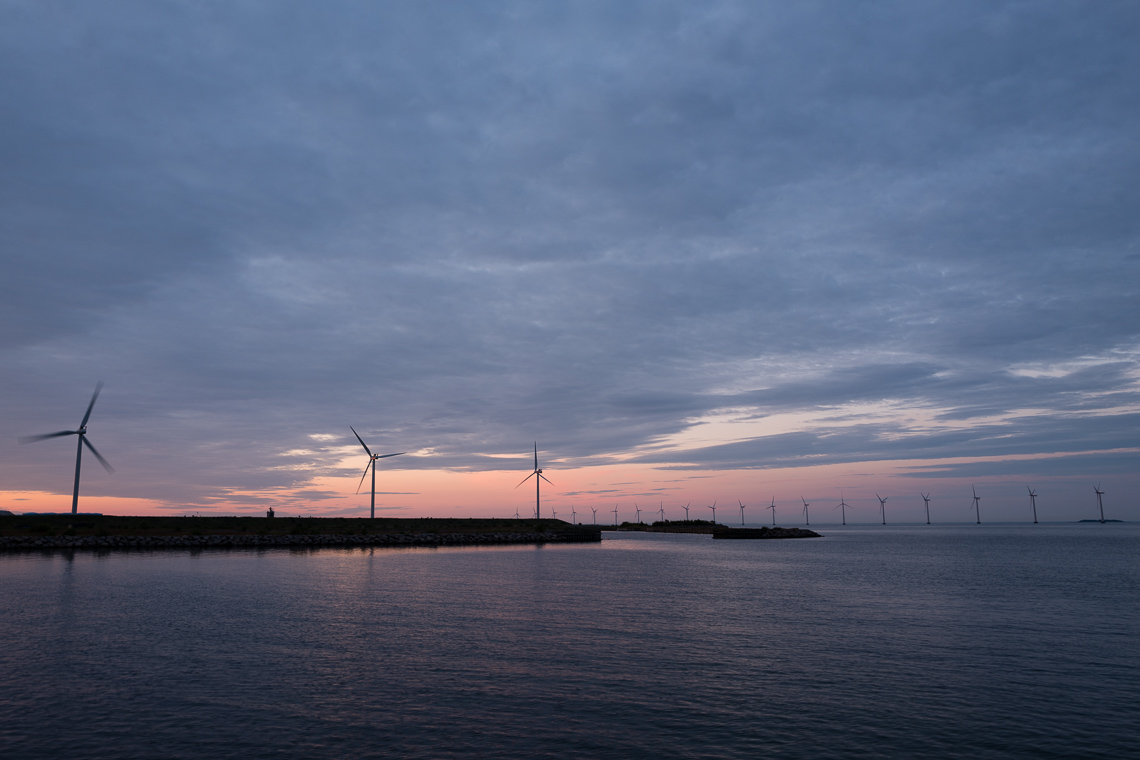
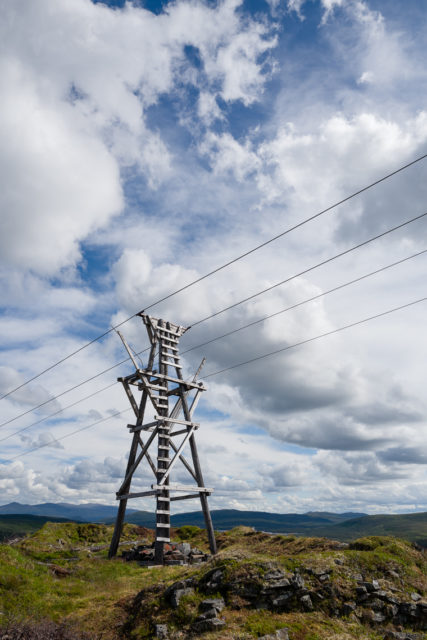
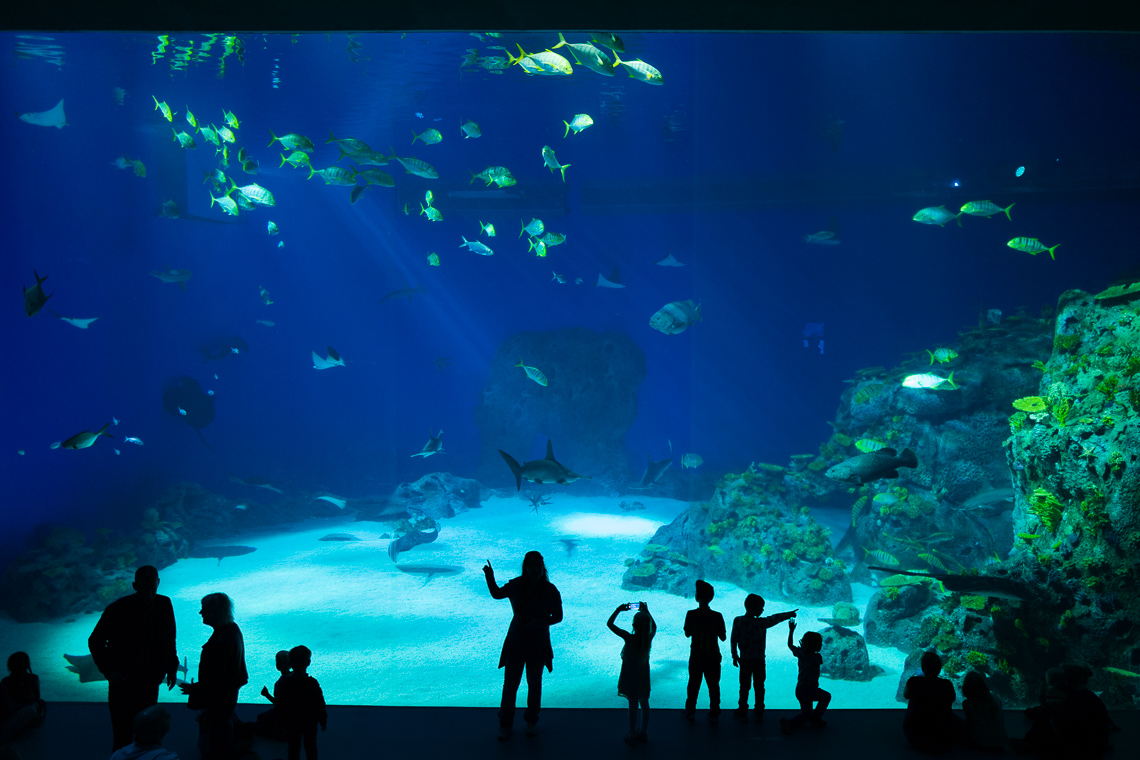
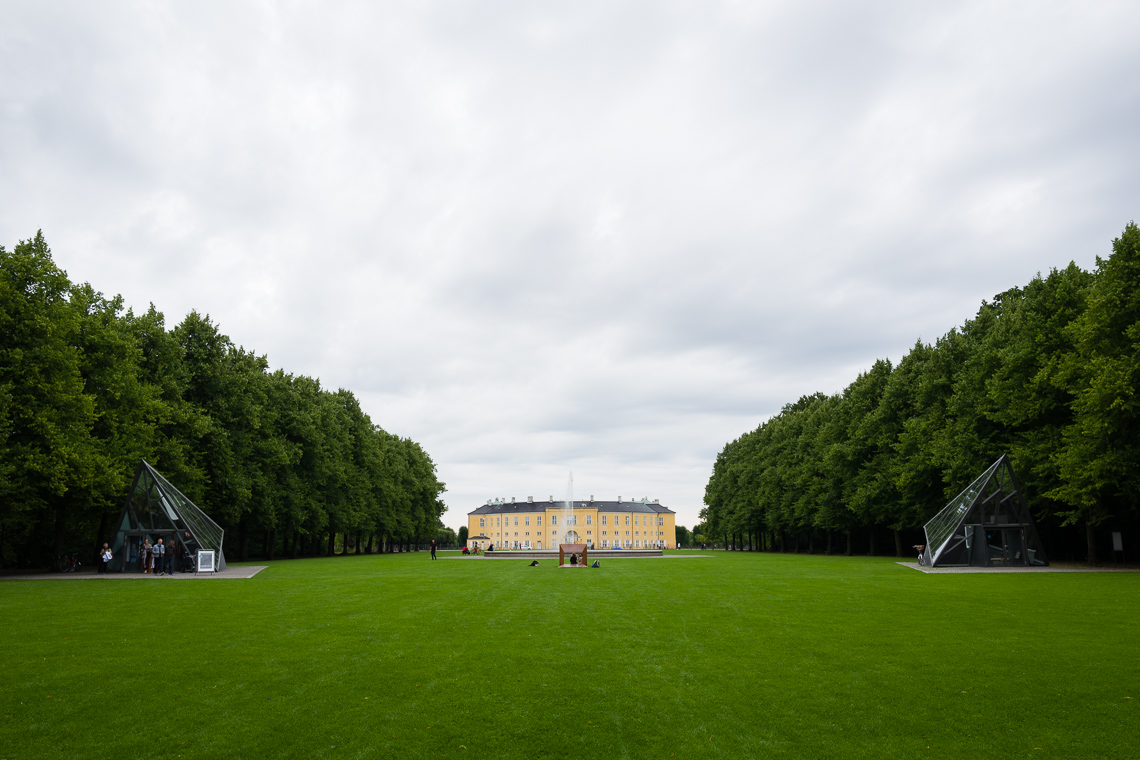
6 Comments
Join the discussion and tell us your opinion.
Børge, Your review of the Q matched my experiences. It’s just an easy and fun Leica. The M240 offers greater flexibility but the Q is easier for travel. I recognized the stone steps in the interior photo of the Rundetaarn in Copenhagen.
Thank you for your great website and the time you put into your reviews. Much appreciated.
Be well,
Richard Clompus
California, USA
Ricardh, it truly is. It’s a little bit too easy to shoot with 🙂 I do like it, but it’s not as engaging to use as a true rangefinder.
Thanks for an excellent review! I agree with you that the EVF is not as nice as people make it out to be. At least the flat back surface is easy to keep clean if nothing else!
There are a couple things I want to ask you about, especially since you have experience with the gear in my mind. Have you shot Leica glass on a Sony camera, how have you found the focus peaking? I like a lot how Q implements focus peaking, negating many false negatives in the image.
I have to say that Q is a fast autofocuser and when it focuses, it’s accurate. Except for some cases when it focuses into the background just like older Fujifilms do. Q also mysteriously misses occasionally some very trivial spots I want to focus on (plenty of contrast and it’s far enough from the sensor not to matter) it’s weird. Overall it is way better (faster, more often than not focusing on the thing I want inside the rectangle) than Fuji X100T but it is by no means perfect.
Thirdly, have you tried M10 or a TL with the new Visoflex EVF? People say it’s a very fine experience. Of course Q is such a great deal compared to a 28mm Summilux lens alone in terms of PQ it might make sense to buy one as a “second body” if one already has an M with lenses and wants to get a 28mm.
Hello!
Yes, I’ve tried Leica M lenses on a Sony A7S, A7RII and A7RIII. Some work great, and some don’t. You get the same focus peaking as you get with any other lens on the Sony cameras, and the magnification works great. Also, it has the advantage of being able to move the focus area around the frame and magnify the chosen area, something that isn’t possible on Leica’s own cameras (M240, M262, M10).
I haven’t tried an M10 yet. I’ve had the option to try it out, but I’m actually not interested in it. It’s a personal choice, but I feel that the best Leica rangefinder experience comes from their film cameras, and so I shoot an MP with a Summicron 35 ASPH or Summilux 50 ASPH, and I have no interest in a digital M currently. I did shoot with a M240 with the EVF for many years, and it worked fine. It wasn’t the best EVF but at the same time, I never felt that I couldn’t focus properly with it. It was large, and the diopter adjustment worked great.
Thanks for your excellent photo”s and review .
I am curious to hear from your experiences with the new CL -leica .